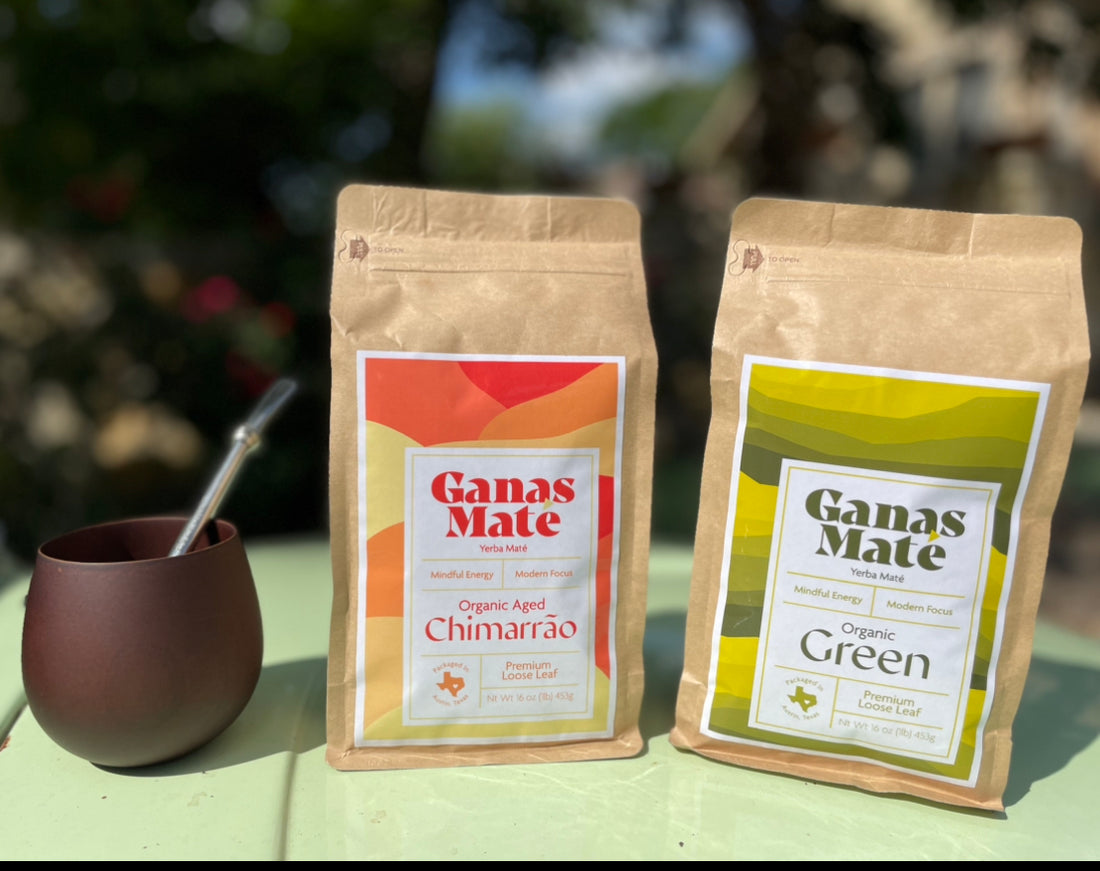
Green Yerba Mate or Aged Yerba Mate?!
Share
Yerba mate, a traditional South American drink, has gained popularity worldwide due to its unique flavor and potential health benefits. Made from the leaves of the Ilex paraguariensis plant, yerba mate is known for its stimulating effects and rich nutritional profile. However, not all yerba mate is the same. There are distinct differences in flavor, taste, and smell between green yerba mate and aged yerba mate. Let's explore these differences and discover which one suits your preferences.
What is Green Yerba Mate?
Green yerba mate, also known as "yerba mate verde" or "yerba mate sin estacionar," is the freshest form of yerba mate available. It is made from young leaves that are harvested, dried, and promptly packaged without undergoing any aging process. This minimal processing helps retain the vibrant green color and natural flavors of the leaves.
What is Aged Yerba Mate?
Aged yerba mate, on the other hand, goes through a longer aging process before being packaged and sold. The leaves are typically dried and stored for a period of time, ranging from a few months to several years. This aging process allows the flavors to develop and intensify, resulting in a distinct taste profile.
Flavor Differences
The flavor of green yerba mate is often described as fresh, grassy, and herbaceous. It has a light and delicate taste with subtle notes of sweetness. The lack of aging gives green yerba mate a more straightforward flavor profile, allowing the natural characteristics of the leaves to shine through.
Aged yerba mate, on the other hand, offers a more complex and robust flavor. The aging process imparts deeper, earthy undertones with hints of tobacco, wood, and sometimes even chocolate or caramel. The longer the aging period, the more pronounced these flavors become.
Taste Differences
When it comes to taste, green yerba mate tends to be milder and more bitter compared to aged yerba mate. The young leaves used in green yerba mate contain fewer tannins. This makes green yerba mate a great option for those who prefer a grassy, slightly bitter astringent taste.
Aged yerba mate, on the other hand, can have a bolder and smoother taste due to the higher tannin content. This full body & earthly flavor is often balanced by the complex flavors that develop during the aging process, creating a unique taste experience.
Smell Differences
The smell of green yerba mate is fresh and vibrant, reminiscent of freshly cut grass or green tea. It has a light and pleasant aroma that is often described as refreshing.
Aged yerba mate, on the other hand, has a deeper and more intense aroma. The aging process brings out earthy and woody notes, giving aged yerba mate a distinct smell that some may find more robust and captivating.
In conclusion, the difference in flavor, taste, and smell between green yerba mate and aged yerba mate is significant. Green yerba mate offers a fresher and milder taste with a lighter aroma, while aged yerba mate provides a more complex and robust flavor profile with a deeper aroma. Whether you prefer the simplicity of green yerba mate or the depth of aged yerba mate, both options offer a delightful yerba mate experience. It ultimately comes down to personal preference and the flavor profile that appeals to you the most.
